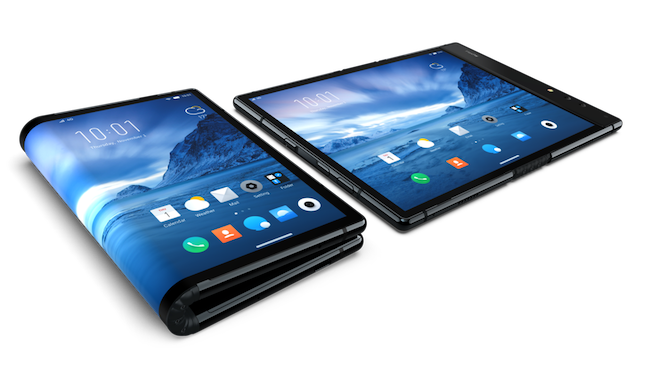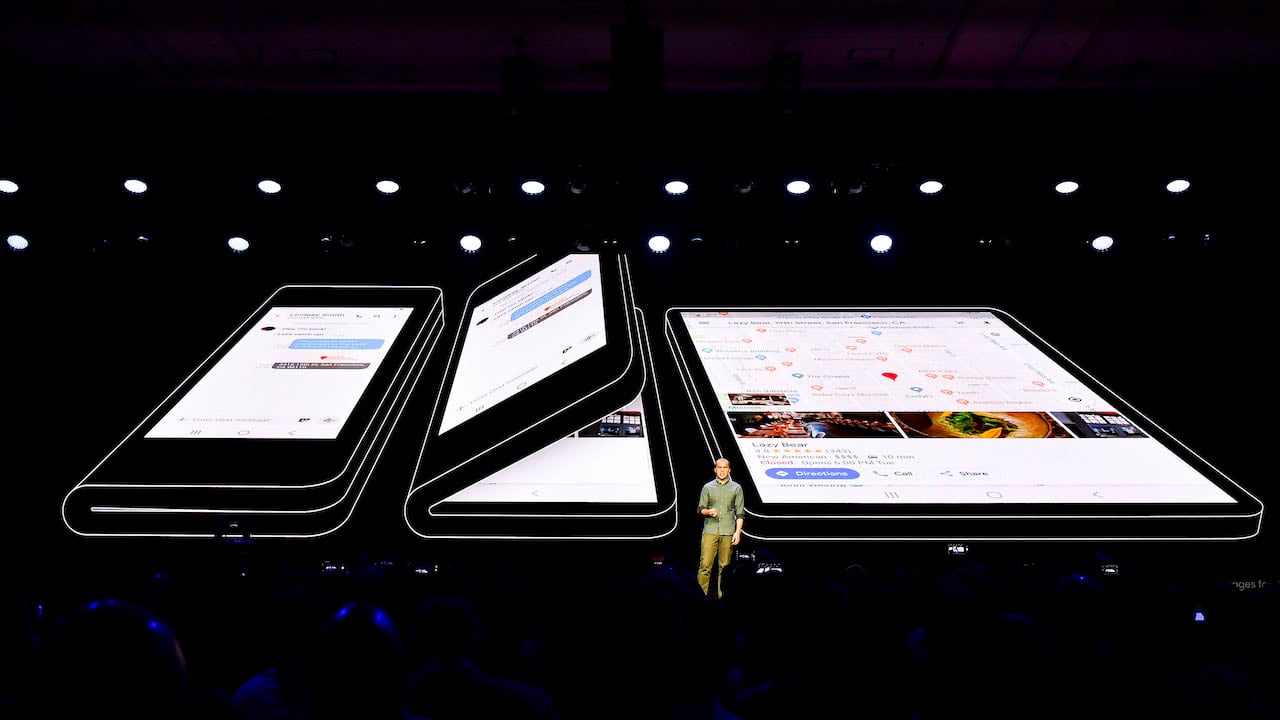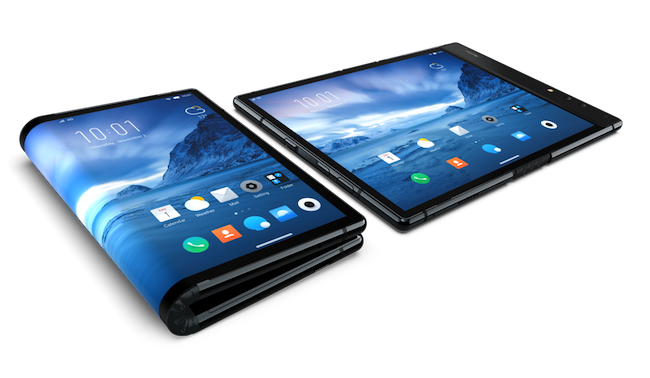
 No price, no release date, but a lot of interest: Samsung's new Infinity Flex
No price, no release date, but a lot of interest: Samsung's new Infinity Flex
Samsung’s big onstage reveal of a folding phone last week means that 2019 will be the year that the folding screen finally fits into your pocket.
It’s been a long time coming. Long a science fiction staple of the near future world just out of our reach, Samsung’s on-stage big reveal of its new Infinity Flex Display at its SDC 2018 event in San Fransisco last week meant that the folding screen future might finally be within out grasp.
Details are frustratingly sketchy: Samsung isn’t giving too much away right now and the device was demoed on stage, with purposefully dimmed lights, and in a casing to hide elements of its design, but here’s what we do know.
The cover display — the conventional ‘phone’ form factor — is 840 x 1960 and 4.58-inches, with a rather tall 21:9 aspect ratio. This folds out to a 7.3in, 1536 x 2152, 4.2:3 main screen, which is presumably the ‘main’ working area. Pixel density is 420ppi. And the company is hoping to get it on the market next year
On the same day Google also announced separately support for what it refers to as ‘foldables’ within the Android OS, though this seems to be more a direction for developers to work with an existing feature within the OS called ‘screen continuity’ than anything new as yet. Flipboard is one of the first developers to publicly state that it will develop a version of its app that will adapt to whichever Infinity Flex mode is being used at the time
Samsung is, however, not going to manage to hog the limelight for long, with a deluge of devices on their way from Chinese manufacturers in particular, such as the Royole Flexpai (below). Unlike the Samsung device, which has an outer ‘phone’ screen and an inner, folding one, this is one single screen that curves round the outside. We even have a cost and a ship date for it too: around $1300 and December in China at least (though a developer model is going to be available internationally for around the same price).

Essentially, we’re in a Race to the Hinge. Huawei, Lenovo, and Xiaomi have all teased folding prototypes, which means we could be in for an active start to next year as CES and Mobile World Congress follow each other in close succession.
Samsung first showed a folding screen prototype in 2011, only a year after the iPad launched, so it’s been a long road up till now and you get the feeling it will be a while yet before the foldable devices attain the refinement of their slab-like predecessors. Nevertheless, the prospect is enticing, especially as you scale things up; an iPad-sized screen folding out to double its size would be a serious boon for many video editors.
And what of Apple? It’s currently doing its usual thing of filing patents, developing the technology behind closed doors, and sitting back and waiting. At the moment if you want a foldable screen next year you’ll need to be running Android. But if they galvanise the market in the way that Samsung et al hope, you can probably bet iOS won’t be too far behind.
Tags: Technology



Comments